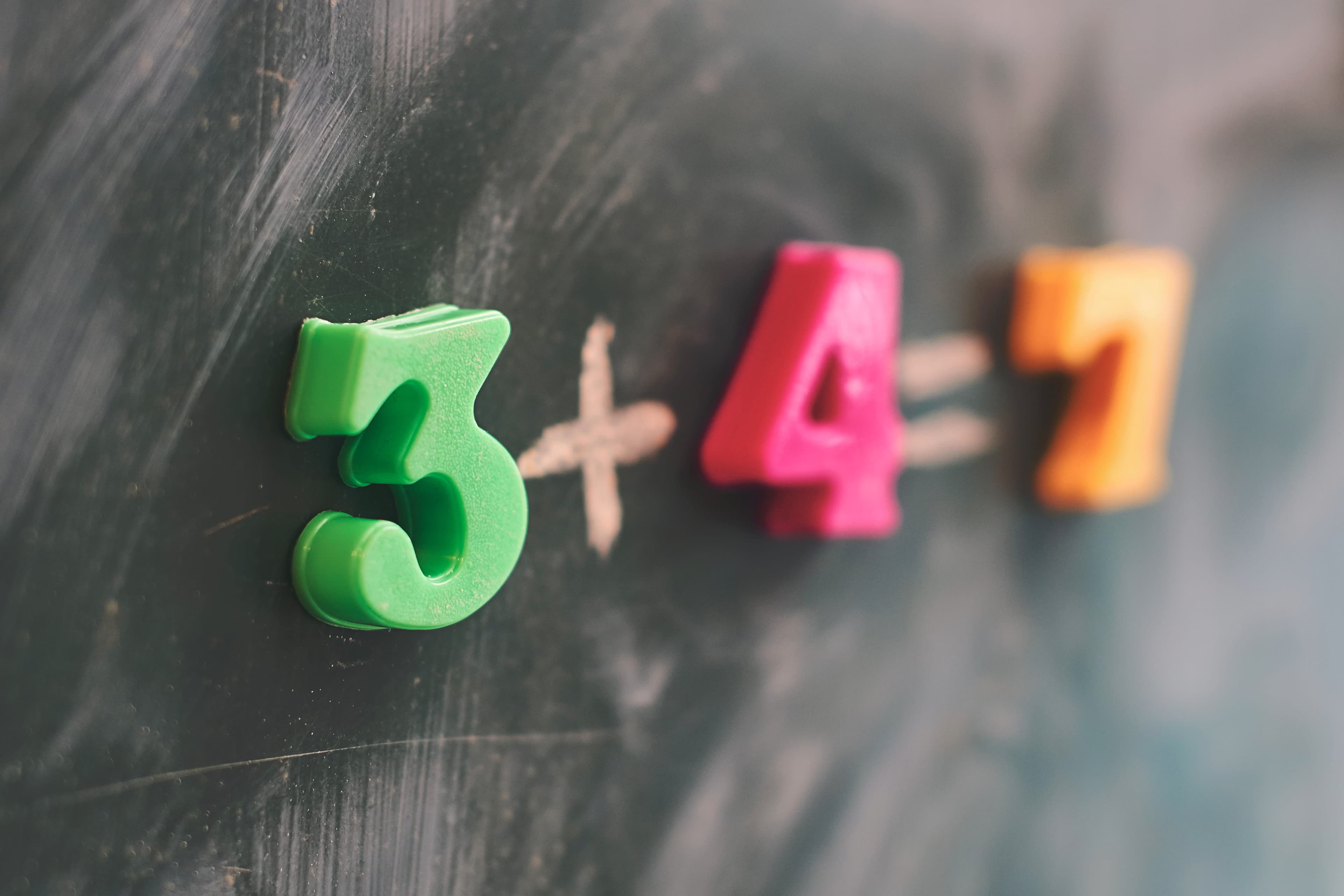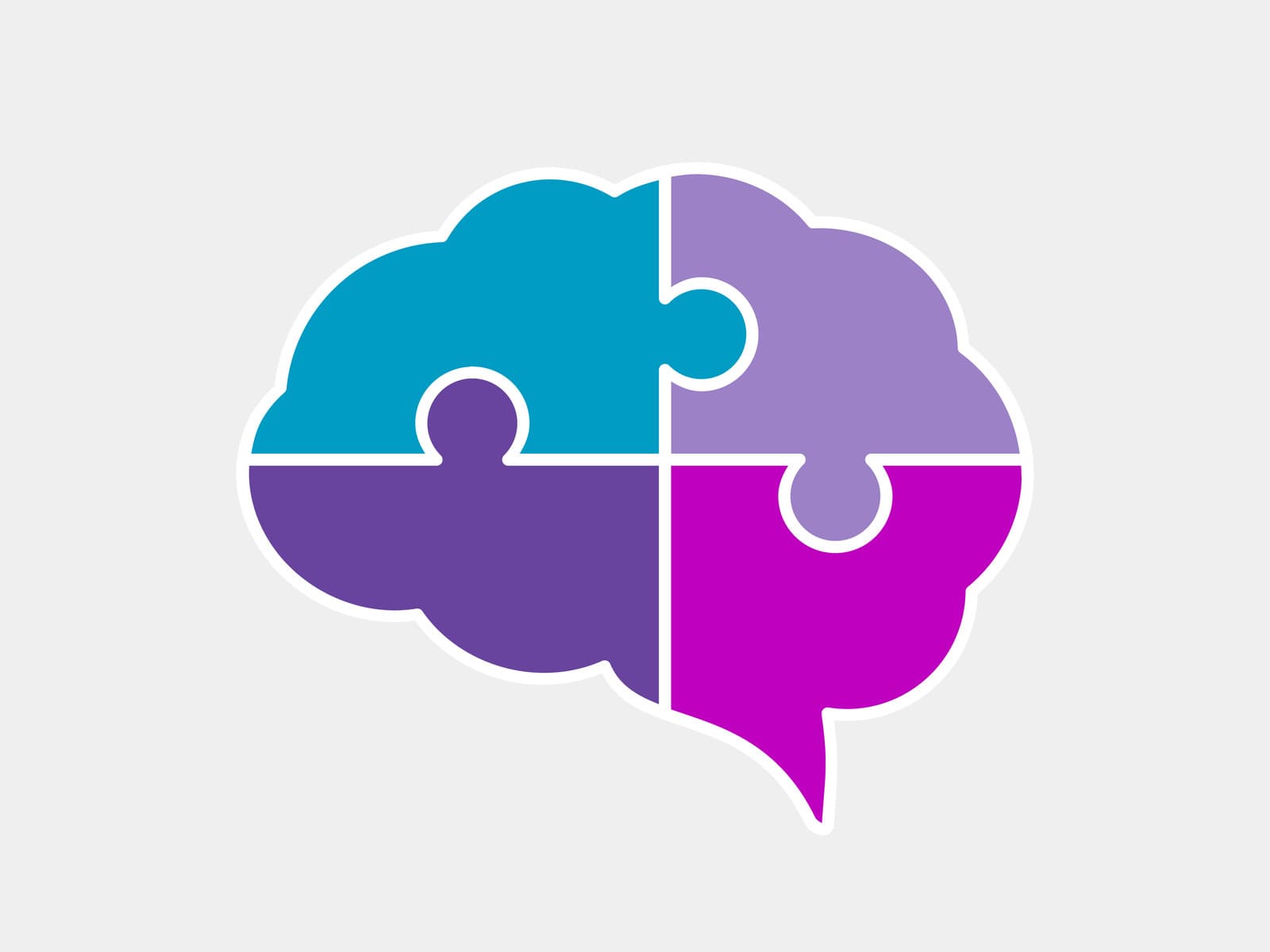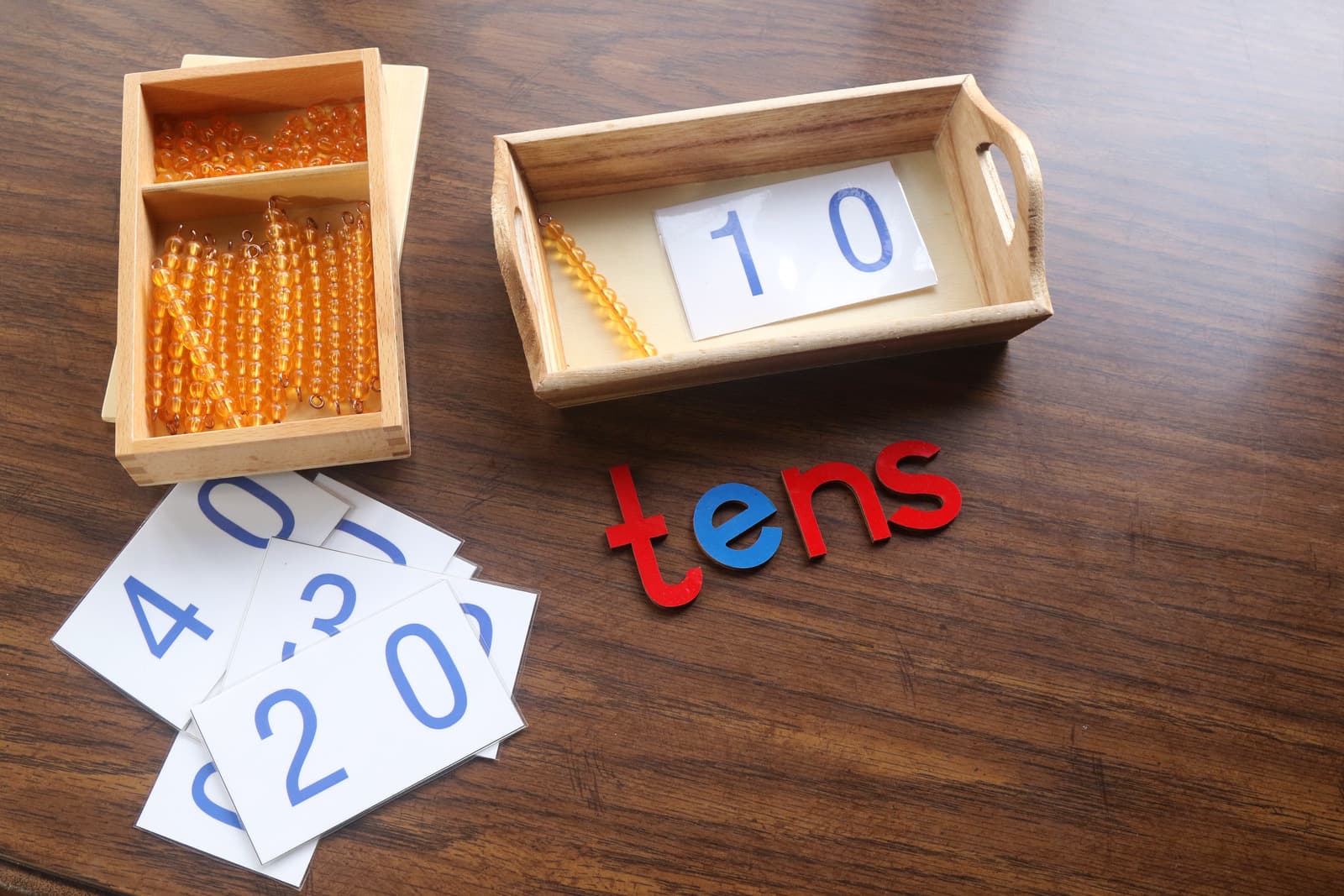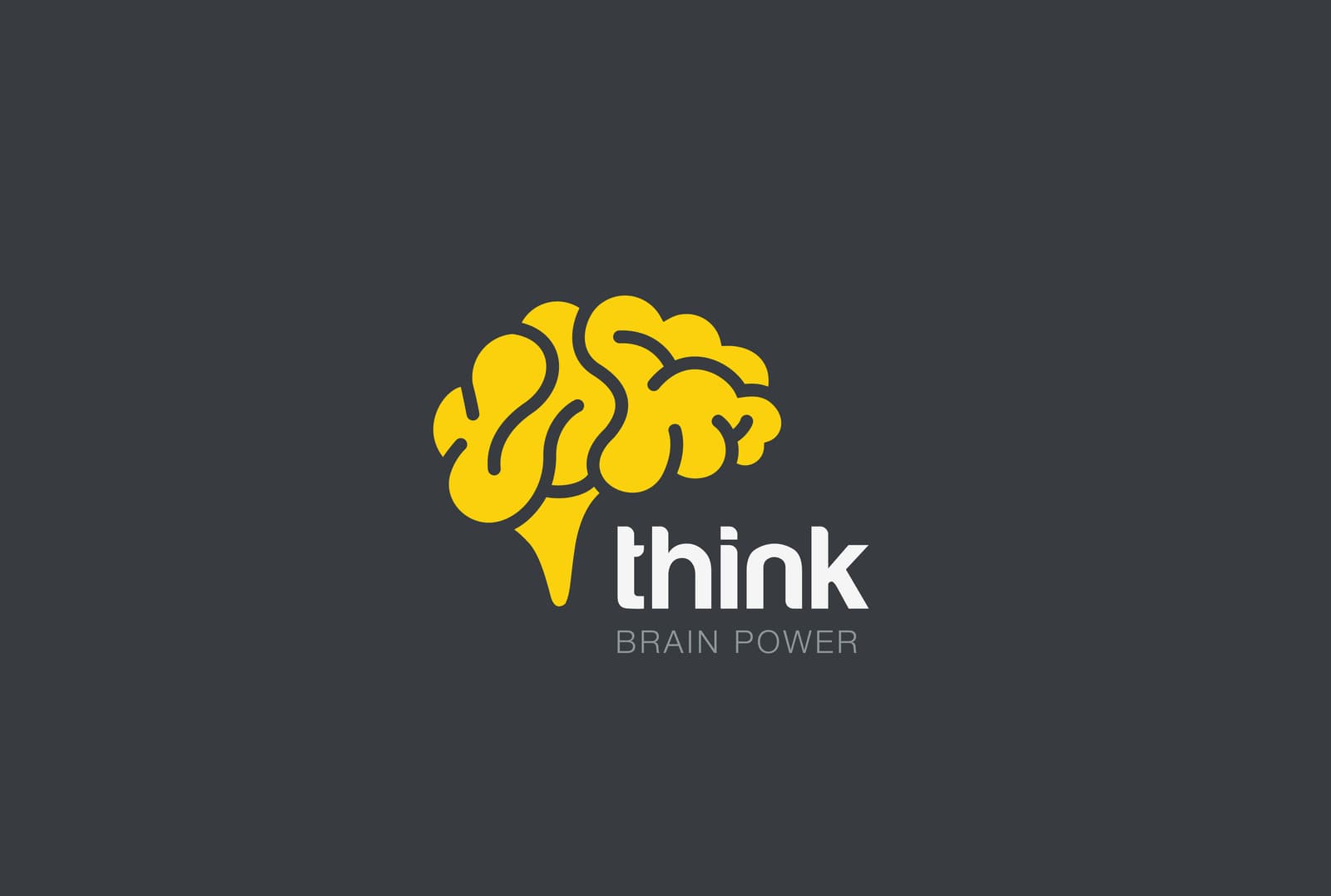
What is Singapore Math?
Singapore math is a general term to describe the math instruction designed by Singapore’s Ministry of Education and taught in Singapore’s public schools. Countries around the world took notice of the Singapore Math approach when its students consistently scored at the top in TIMMS (Trends in International Mathematics and Science Study) exams. The Singapore method has been widely adopted in various forms around the world over the past 25 years following its introduction to the U.S in 1998. The primary aim of Singapore Mathematics is to turn out students who are flexible, adept problem solvers.
Mathematics is an excellent vehicle for the development and improvement of a person’s intellectual competence.
Singapore Ministry of Education
The crux of Singapore math is problem solving.
In the Singapore math framework, problem solving is the center of mathematical learning. The development of problem-solving ability is dependent upon mastery of five interrelated components: concepts, skills, processes, attitudes, and metacognition. Students are taught to solve problems based on mathematician George Polya’s four stage problem-solving process: understanding the problem, making a plan, executing the plan, and looking back and reflecting. As students apply concepts and skills in different problem-solving processes including non-routine, open-ended, and real-world problems, they internalize the thinking process.
Problem solving is embedded in the Singapore texts, not as a separate activity, but as central to every concept and skill taught. The word problems are well written and more complex than those in typical US texts. Multistep problems are the norm. Emphasis is placed on children looking for patterns and using strategies to solve problems. Students are taught specific problem-solving strategies in a carefully sequenced manner beginning in 2nd grade with the introduction of special diagrams called bar models.

Singapore math is focused on mastery.

Rather than memorizing isolated facts and procedures, students learn to find patterns and make connections. Singapore math is focused on conceptual understanding (the “why”) before procedural understanding (the “how”). Children attain mastery through a spiral approach as a topic is revisited and extended each year with increasing complexity. Over time, students develop critical thinking skills, perseverance, and flexibility in their problem solving using a variety of strategies that are explicitly taught and practiced. Mastery is expected at each topical level. Math is a cumulative subject in which understanding is built layer upon layer without skipping crucial knowledge and connections. Singapore math is a meaningful and mastery-based approach of digging deep, connecting the mathematical dots, exploring the interconnections, and developing problem solving.
Rigorous content and appealing design define the Singapore math program. It’s as enjoyable to use as it is effective in building a rock-solid math foundation and high-level thinking skills. The textbooks and workbooks are clear, concise, and engaging with cartoon characters and graphics that appeal to children. It's a logically and coherently structured curriculum that instills both a deep conceptual understanding and computational fluency.
The creators of Singapore Math have thought through the order in which each mathematical concept is introduced. For example, it’s not possible for a child to understand multiplication if he or she doesn’t understand addition just as it’s not possible for a child to understand division of fractions if he or she doesn’t understand division with whole numbers.
Singapore math is grounded in child development research.

Because the Singapore approach is based on the work of child development theorists Jean Piaget, Zoltan Dienes, Lev Vygotsky, Richard Skemp, and Jerome Bruner, children enjoy learning math, gain confidence in math and have healthy, positive attitudes toward math. Children are taught based on Jerome Bruner’s belief of concrete materials for abstract concepts, Richard Skemps’s emphasis on relational understanding, Lev Vygotsky’s focus on interaction and collaboration to learn, Zoltan Dienes’ theory of varying how a concept is represented so that children are thinking and not merely memorizing and Jean Piaget’s theory of prolonged engagement with single ideas.
To attain mastery, children are taught using Jerome Bruner’s C-P-A method (Concrete => Pictorial => Abstract) of first teaching with concrete materials, then progressing to pictures and finally to the abstract math language stage of learning. These are not discrete stages but overlapping stages. Once the child comprehends the abstract idea or situation, the concrete and pictures can be removed. In other words, the student can visualize the problem. He or she has a mental picture.
Visualization is the brain’s ability to see beyond what the eyes can see, and we can develop visualization in many ways. The obvious way is to use the Concrete-Pictorial-Approach.
Yeap Ban Har
-One of the world’s leading math experts in Singapore Math-
Singapore Math works for all types of learners.
Students who are visual learners benefit greatly from the C-P-A methodology and the use of ten frames, number bonds and bar model pictures. Light bulbs go on for them. Math makes sense. For abstract learners who have an intuitive sense of number, the use of visuals allows them to verbalize and clarify their thinking, share their natural ability, and carry an improved visualization ability on into higher math. The C-P-A method allows children to progress at varying rates to the final abstract phase of using numbers and symbols. It also allows a student to go back to pictures if the abstract is not making sense, and if the pictures don’t help, then the student can go back to concrete materials.
An authentic Singapore math program is a platform for increasing a child’s intellectual capacity by increasing visualization and pattern recognition and developing good questioning and reasoning skills, communication skills, working memory and recall, sequential processing, and attention skills. In Singapore math, problems are figured out with teacher guided questioning and the proper amount of concrete and pictorial scaffolding. Students are guided to find the pattern and derive the rule instead of memorizing it without meaning.
Basics such as math facts and column procedures are important and necessary to build upon for higher math mastery. However, they’re learned with visual tools and strategies that allow students to figure it out with good number sense rather than rote memorization and chants. Because math facts and procedures are the grammar of math, they are practiced and committed to memory.

Singapore math develops metacognition.

Metacognition is the monitoring and regulating of one’s own thinking. Strong math students have good metacognitive skills such as asking themselves questions, trying a different strategy when one fails, talking out loud or with a peer about the knowns and unknowns of the problem and checking their work.
Metacognition is the mental process that keeps the student from being overwhelmed by the problem. It allows a student to approach a problem with a positive attitude rather than being fearful of it. In Singapore math, the teacher models metacognition by solving problems out loud to help students develop good thinking habits and questioning skills. Students observe the teacher modeling a step-by-step process and overcoming obstacles. Over time, students internalize the metacognitive style of thinking, including questioning techniques, that the teacher has demonstrated for them.
In a Singapore math environment, different strategies are discussed and applied so that students see that there are different ways to solve a problem. Flexible problem solving is taught through the metacognitive process of thinking about different strategies such as using a diagram or model, making a systematic list, looking for patterns, restating the problem in another way, working backwards, simplifying a problem, thinking of a related problem, or making suppositions.
Good metacognitive skills allow a student to accept a difficult problem, understanding that it’s supposed to be hard to solve, but sticking with the problem until it’s solved with effective strategies and a confident answer. The student should be able to justify his or her answer using good mathematical reasoning and prior knowledge. Good metacognition allows a student to think deeply and slowly while making sense of complex mathematical ideas. Checking one’s answer and problem-solving steps is a critical part of the metacognitive process. Strong math students arrive at confident, not shaky, answers.